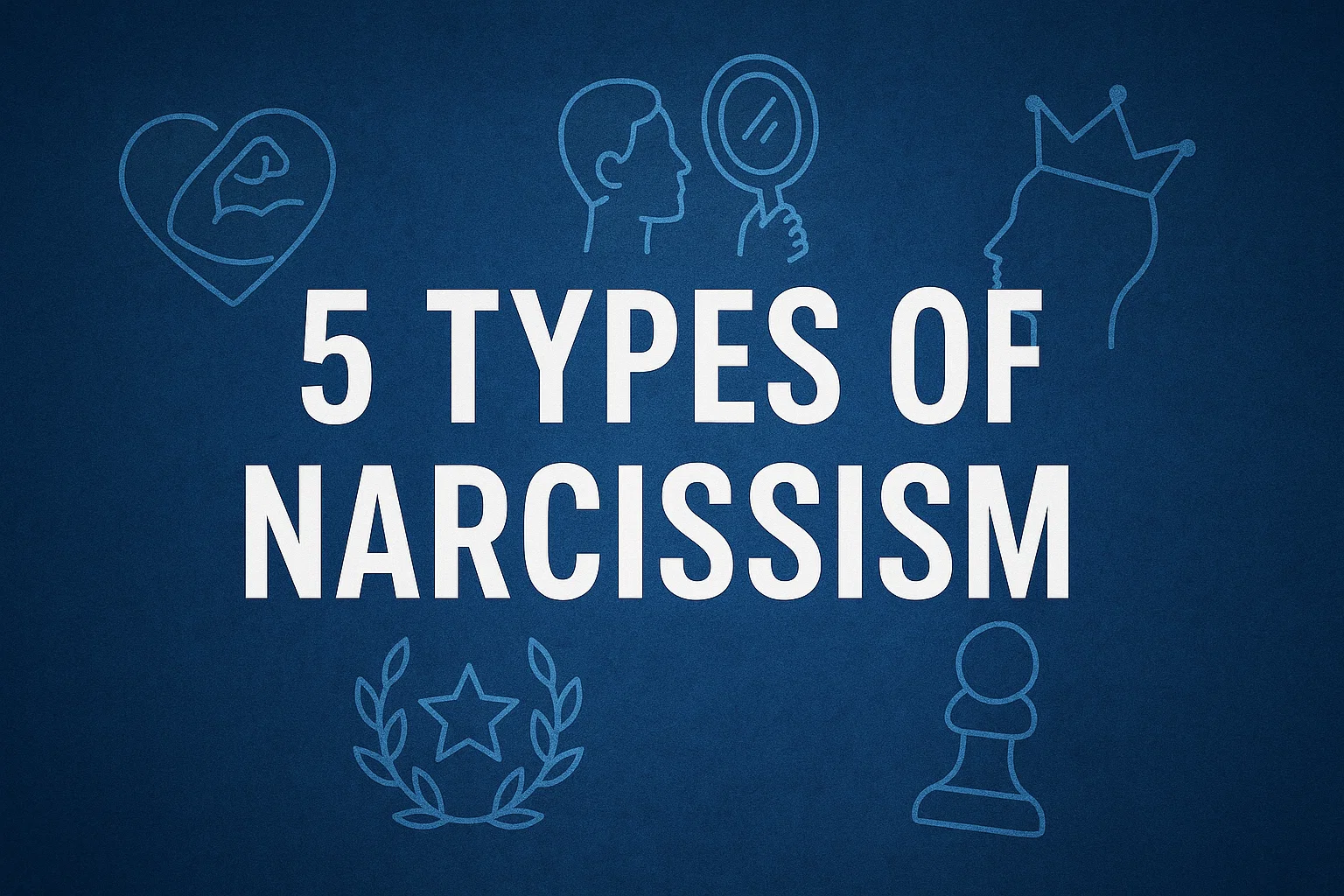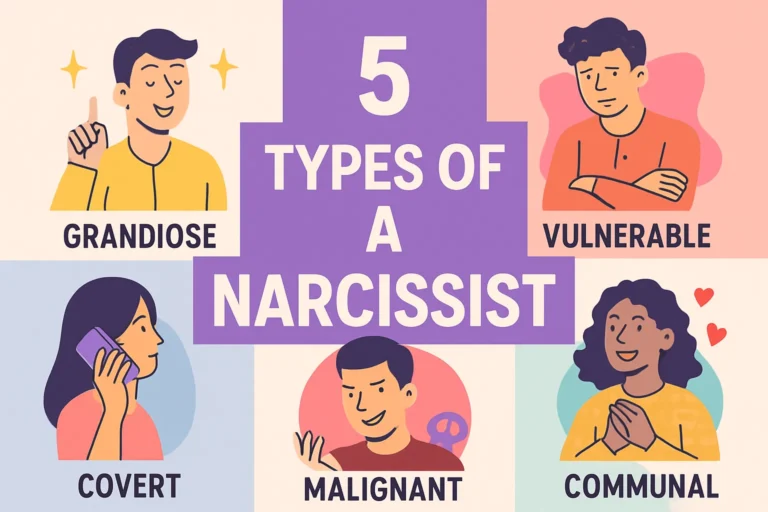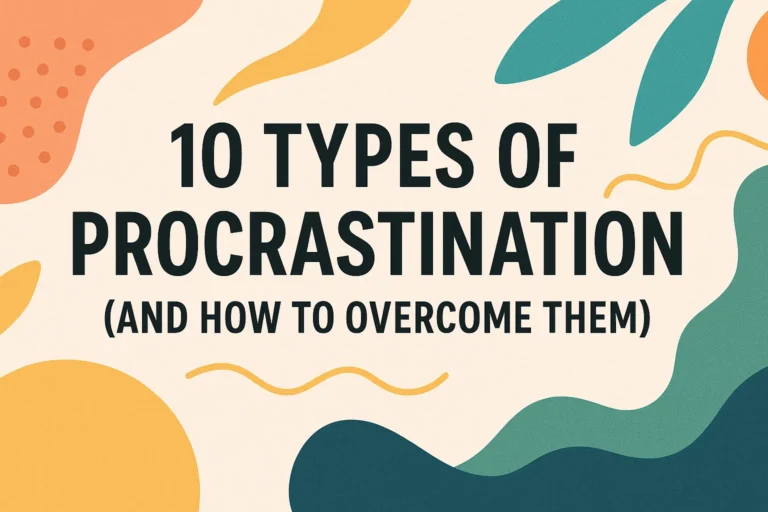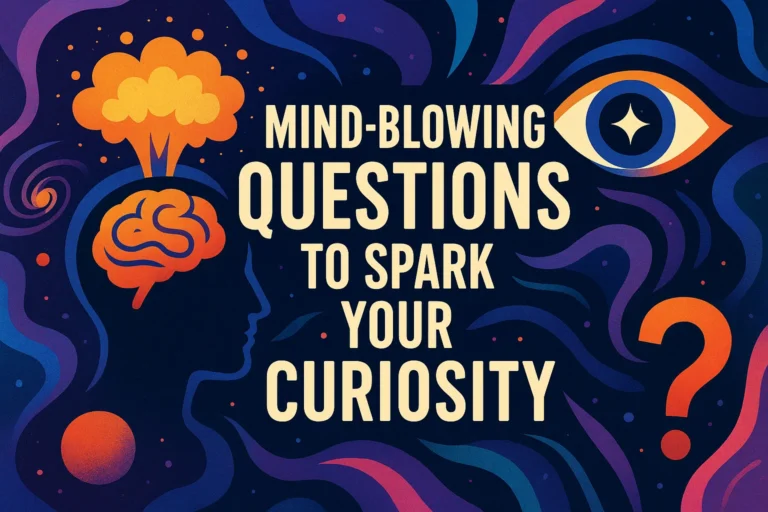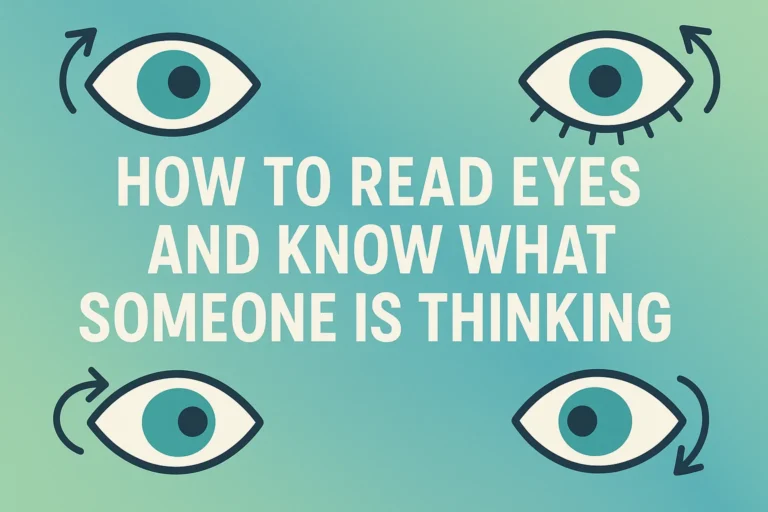5 Types of Narcissism Uncover Human Behavior Psychology Facts You Must Know
5 Types of Narcissism: Uncover Human Behavior Psychology Facts You Must Know
Ever met someone who seems to live on a planet entirely of their own making, where they are the sun, moon, and all the stars? Yeah, me too. I once had a friend who could turn a story about their papercut into a dramatic, three-act saga worthy of an Oscar. It was impressive, honestly.
We throw the term “narcissist” around a lot, but what does it actually mean? It’s more than just someone who loves their own Instagram feed a little too much. Psychology gives us a much richer, more complex picture. IMO, understanding the different flavors of narcissism is like getting a secret decoder ring for human behavior. So, let’s pull back the curtain on the five main types. You might just recognize someone you know. 🙂
So, What Even Is Narcissism, Really?
Before we get into the types, let’s get our basics straight. Narcissism, in psychological terms, isn’t just about vanity. It sits on a spectrum. On one end, you have healthy self-esteem. On the other, you have Narcissistic Personality Disorder (NPD), a genuine mental health condition.
At its core, narcissism involves a grandiose sense of self-importance, a deep need for excessive attention and admiration, and a stunning lack of empathy for others. But here’s the kicker—and this is crucial—it often masks a incredibly fragile sense of self. The arrogance? It’s often a shield for a hidden vault of insecurity.
Think of it like this: ever seen a swan gliding gracefully on a lake? Looks serene, right? Now, picture its legs paddling frantically underwater just to stay afloat. That’s the narcissistic paradox in a nutshell.
The 1. Grandiose Narcissist: The Classic Showstopper
This is the one everyone pictures. The Grandiose Narcissist is the life of the party, the charismatic CEO, the person whose confidence seems utterly unshakable. They walk into a room and genuinely believe it just got a whole lot better.
What makes them tick?
- They believe they are special and unique. They feel they can only be understood by, or should associate with, other high-status people.
- They require constant admiration. This isn’t a want; it’s a need. They feed off your praise and attention like emotional vampires.
- They have a strong sense of entitlement. They expect favorable treatment and automatic compliance with their wishes. Why? Because they deserve it, obviously.
- They will exploit others without guilt or shame. You are a tool to help them achieve their goals.
How to Spot One:
You’ll rarely feel like you’re in a two-way conversation. It’s a monologue. They dominate discussions, exaggerate their achievements, and get visibly bored when the topic isn’t about them. Their empathy is performative—they might act concerned, but it’s usually to get something or look good.
The 2. Vulnerable Narcissist: The Sensitive Soul (Or So It Seems)
If the Grandiose Narcissist is a roaring lion, the Vulnerable Narcissist is a delicate house cat that will scratch you if you pet it wrong. This one is trickier to spot because they often present as shy, victimized, or hypersensitive.
What makes them tick?
- They are incredibly hypersensitive to criticism. A sideways glance can feel like a declaration of war to them.
- They harbor hidden feelings of inadequacy. Unlike the grandiose type, they are acutely aware of their insecurities, but they project them outward.
- They constantly compare themselves to others. And they usually feel they are coming up short, which fuels resentment.
- They use covert manipulation. Think guilt-tripping, playing the victim, and passive-aggression to get their needs met.
How to Spot One:
Ever had a friend who constantly talks about how hard their life is, but never actually takes your advice? They might fish for compliments by putting themselves down. They perceive slights everywhere and keep a meticulous record of every wrong ever committed against them. You often feel like you’re walking on eggshells around them.
The 3. Antagonistic Narcissist: The Human Argument
This type takes the core features of narcissism and adds a hefty dose of aggression. For the Antagonistic Narcissist, life is a competition, and everyone else is the competition. They see dominance and power as the ultimate goals.
What makes them tick?
- They are highly argumentative and competitive. They must win every debate, even about the weather.
- They believe others are inherently exploitative. This is projection at its finest. They assume everyone is as self-serving as they are, so they strike first.
- They are deeply cynical and distrusting. They see kindness as weakness and manipulation.
- They derive satisfaction from putting others down. Your failure is their amusement.
How to Spot One:
They are the classic “keyboard warriors” and contrarians. They will challenge you on the most minor points just for the sport of it. They love to devalue others and often use sarcasm as a weapon, not for wit. Being around them is exhausting because you’re always in a state of low-grade defense.
The 4. Communal Narcissist: The Saintly Savior
This one is a real mind-bender. The Communal Narcissist builds their identity around being the most generous, most caring, most ethical person in the room. But it’s not genuine altruism; it’s a performance for status.
What makes them tick?
- They use “good deeds” to gain power and admiration. Their charity is a transaction.
- They believe they are the ultimate authority on morality. They are incredibly self-righteous.
- They expect immense gratitude and recognition for their efforts. If they volunteer to organize a charity event, they’ll make sure you know about every single minute of work they put in.
- They feel entitled to special treatment because of their “goodness.”
How to Spot One:
Listen to how they talk about their charitable acts. It’s always “I” focused. “I helped all those people.” “I organized that entire fundraiser.” The focus is never on the cause or the people helped; it’s on their role as the hero of the story. FYI, they are often shocked and angry when their “selflessness” isn’t rewarded.
The 5. Malignant Narcissist: The Perfect Storm
Consider this the final boss of narcissism. The Malignant Narcissist is a toxic fusion of Grandiose Narcissism, Antagonism, and a splash of antisocial behavior (think paranoia and sadism). This is the most dangerous and damaging type.
What makes them tick?
- They are sadistic. They enjoy causing psychological or physical pain and seeing others suffer.
- They are highly paranoid. They believe others are constantly plotting against them, which justifies their pre-emptive attacks.
- They are aggressively vengeful. If they feel wronged, their mission becomes your destruction.
- They exhibit features of antisocial personality disorder, showing a blatant disregard for the safety and rights of others.
How to Spot One:
Thankfully, these are rarer. Their cruelty is calculated. They don’t just want to win; they want to annihilate. They might engage in smear campaigns, gaslighting, and other forms of psychological warfare. Being in a relationship with one, whether personal or professional, is genuinely traumatic.
So, What Do We Do With This Info?
First off, don’t go diagnosing everyone in your life. I’m not a therapist, and this article is a starting point for understanding, not a diagnostic tool. If you seriously suspect someone in your life has NPD, that’s a conversation for a qualified professional.
But this knowledge is power. It helps you:
- Stop taking their behavior personally. It’s not about you; it’s about their internal, fractured world.
- Set firm, healthy boundaries. You now have a better idea of what you’re dealing with, so you can protect your own energy.
- Manage your expectations. Hoping for genuine empathy from a grandiose narcissist is like hoping your goldfish will learn to fetch. It’s just not in their nature.
Human psychology is a wild ride, isn’t it? Understanding these patterns demystifies so much of the confusing behavior we see in others (and maybe even a little in ourselves). It’s not about labeling people as monsters; it’s about understanding the complex, often broken, machinery driving their actions.
Now that you have this new lens, what behaviors do you see a little more clearly?

